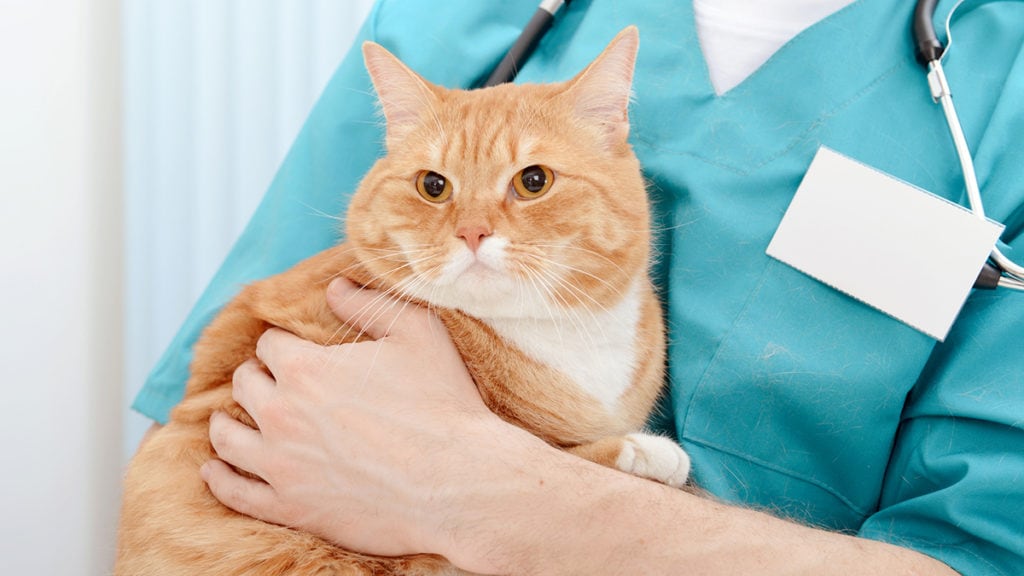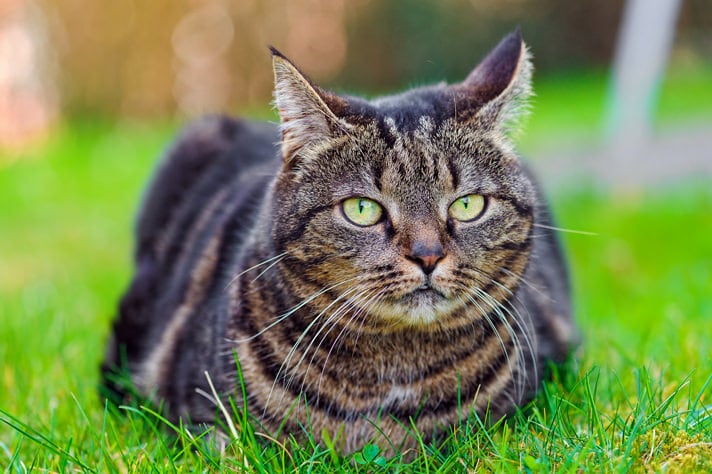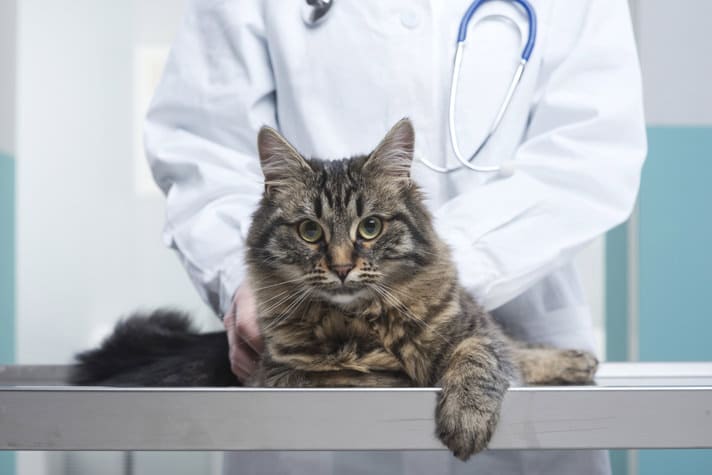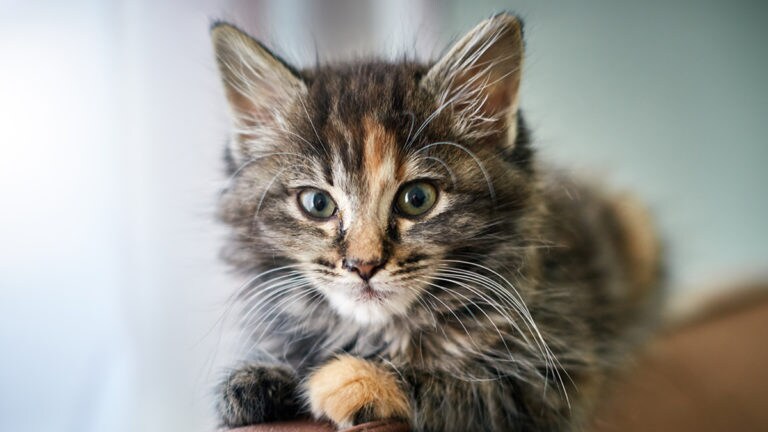Cat neutering offers many benefits, but making the choice to have your cat neutered is a personal, important decision. Get the facts first so you can make the best choice for your male cat.
Why Should I Neuter My Cat?
Pet parents usually make the choice of having cat neutering surgery done based on recommendations from their veterinarian or breeder. Rescue organizations and shelters usually require all adopted male cats to be neutered.
Benefits of Neutering a Cat
A main benefit to neutering a male cat is to help prevent pet overpopulation. A neutered male cat cannot reproduce.
Additional benefits of cat neutering include reduction in unwanted behaviors and certain health risks. Cat neutering often reduces roaming, aggression or fighting with other cats and urine marking behaviors. A neutered male cat also has no risk of developing testicular cancer and greatly lowers the chances of suffering with prostatitis, prostatic hyperplasia and prostate cancer.
Lastly, if you ever have smelled an un-neutered male tomcat, then you can appreciate knowing that cat neutering helps male cats smell much, much better.
The Process of Neuter Surgery
(1) Your veterinary team will examine your cat and run his blood work the same day or earlier to make sure he is safe for anesthesia.
(2) If his blood work is normal, your cat will be administered an injection to sedate him and reduce any anxiety and pain, and then an intravenous catheter might be placed in his leg. You may notice an area of clipped fur on one of your cat’s legs after surgery.
(3) Your cat is then placed under general anesthesia. The hair on his scrotum is either clipped or plucked, and the skin is scrubbed for sterile surgery. Your cat may receive a testicular lidocaine block to reduce pain.
(4) The surgeon will make small incisions on your cat’s scrotum, and the testicles are exteriorized through these incisions.
(5) After the testicular attachments are clamped and tied off to prevent bleeding, then each testicle is removed with a scalpel blade or laser. After making sure there is no bleeding, the surgeon replaces the attachments back inside your cat’s body.
(6) After the testicles are removed, the incisions are either left open or glued shut with surgical glue. Suture removal is not necessary.
(7) After surgery, your cat receives an injection of pain medication and wakes up in recovery.
Cats are hospitalized for the procedure, which usually is performed on an outpatient basis. Most cats go home the same day as the surgery. On occasion, a veterinarian may elect to keep a cat overnight for observation after neutering.
Is Neutering Painful for a Cat?
Cat neutering is a surgical procedure and is painful. However, with the advent of modern pain medications and a better understanding of pain control in cats, most felines experience minimal discomfort after surgery when all post-surgical recommendations are followed. This includes administering pain medication even if the cat doesn’t seem to be in pain.
It’s critical to control your pet’s pain following any surgical procedure. Animals—and people—in pain take longer to recover.
How Do I Care for My Cat After Neuter Surgery?
The risks associated with cat neutering can include pain, infection, dehiscence (opening of the surgical site), and excessive bleeding, which can cause a condition called a scrotal hematoma where the scrotum fills up with blood. Because cat neutering requires general anesthesia, it adds risks, including death. This is why blood work and a full exam are important safety procedures before administering any general anesthesia.
Look out for signs of infection after surgery. These include excessive swelling, redness, heat, odor or discharge from the surgical site. If you notice any of these signs, call your veterinarian right away.
You minimize your cat’s risk of infection by precisely following discharge instructions from your veterinarian. It’s important to prevent your cat from licking the surgery site by placing a cone or no-bite collar on him for the recommended post-surgery time period.
The greatest long-term health risk for a cat after neuter surgery is obesity. Neutered cats have a lower metabolism and activity level due to the lack of testosterone. To combat this, prevent your cat from overeating and gaining unhealthy weight. Engage him in regular play to help keep his weight down and his activity level and happiness up.
When Will My Cat Be Able to Resume Normal Activity?
Most cats can resume normal activity 3-5 days after their surgery. It is imperative to control your cat’s activity after surgery, as excessive activity can cause swelling and open up the incision. Make sure to follow all post-surgical instructions from your veterinarian exactly.
Share:









